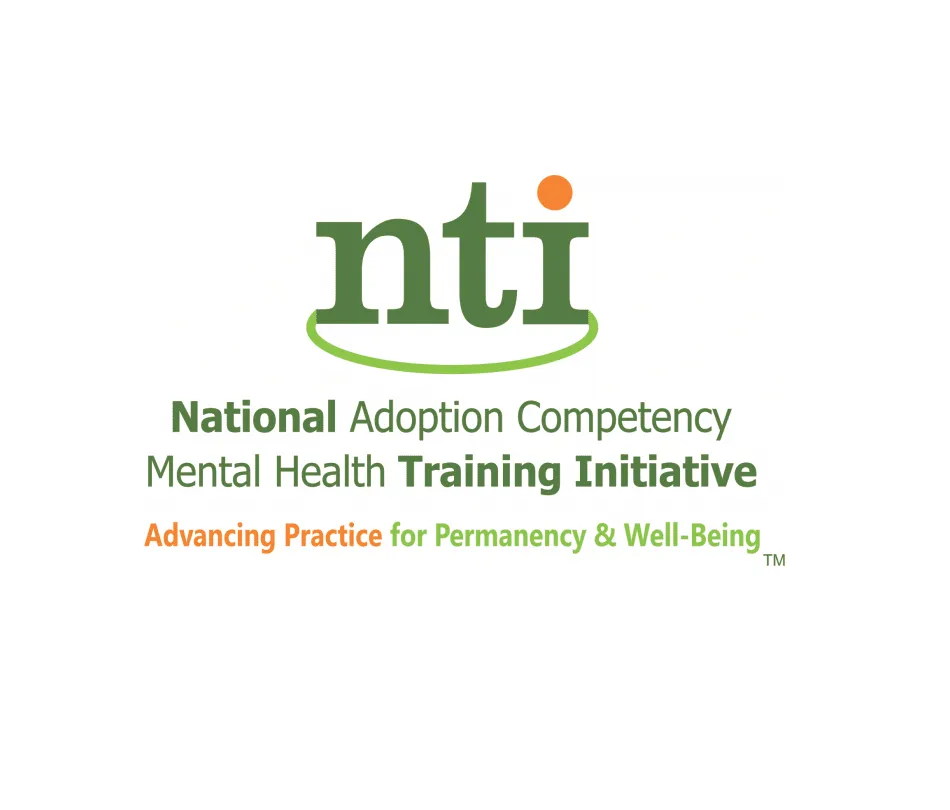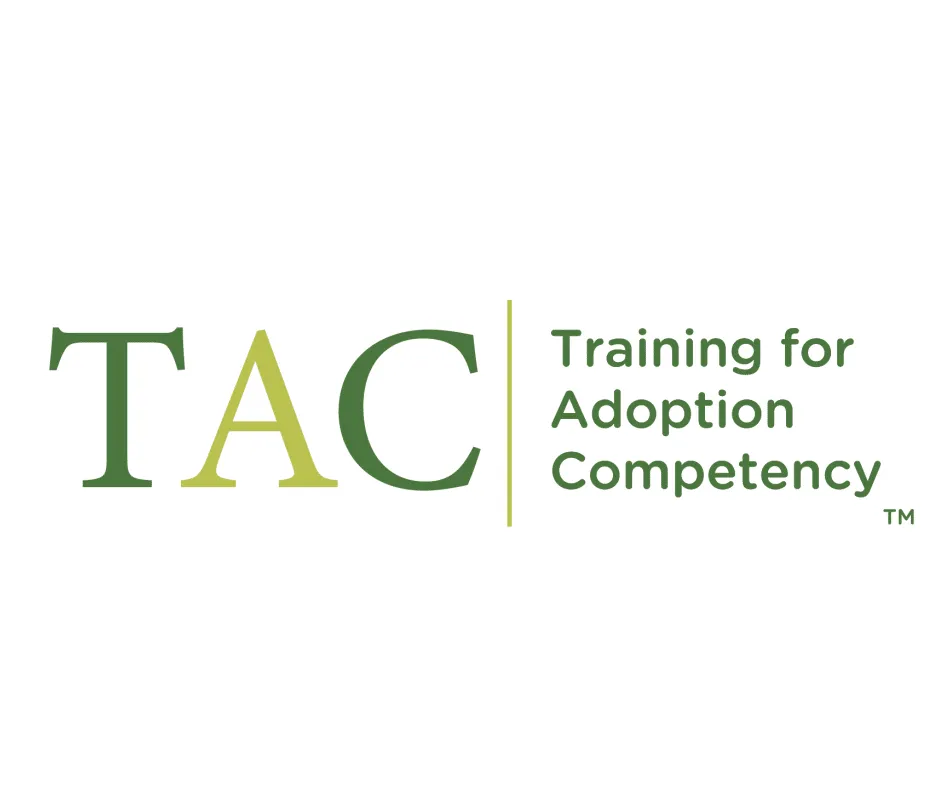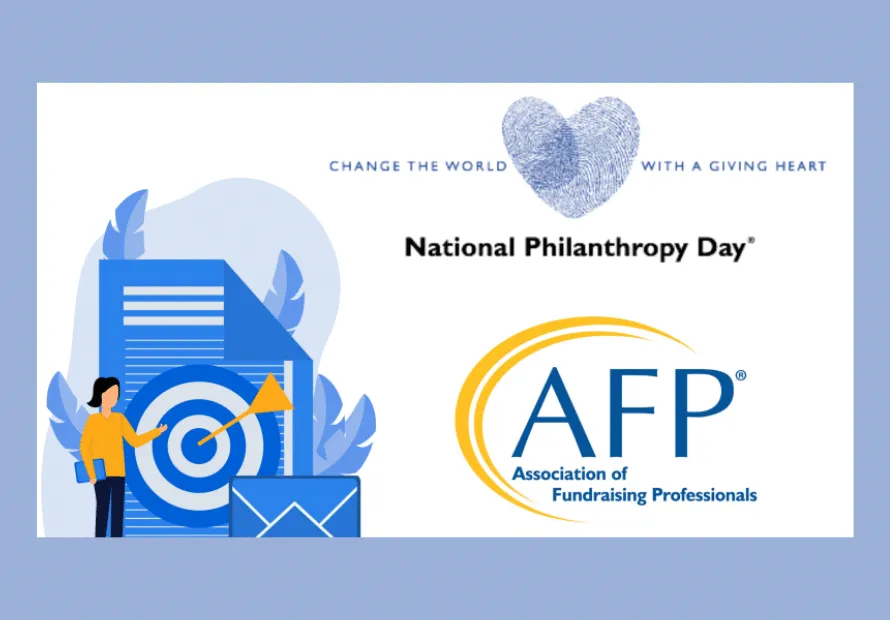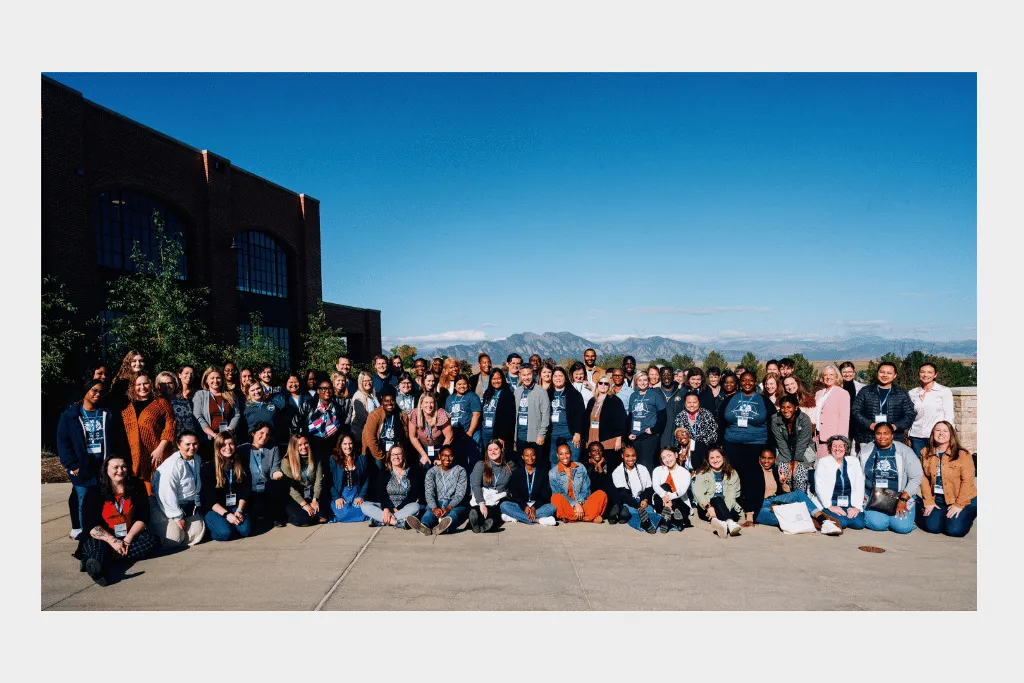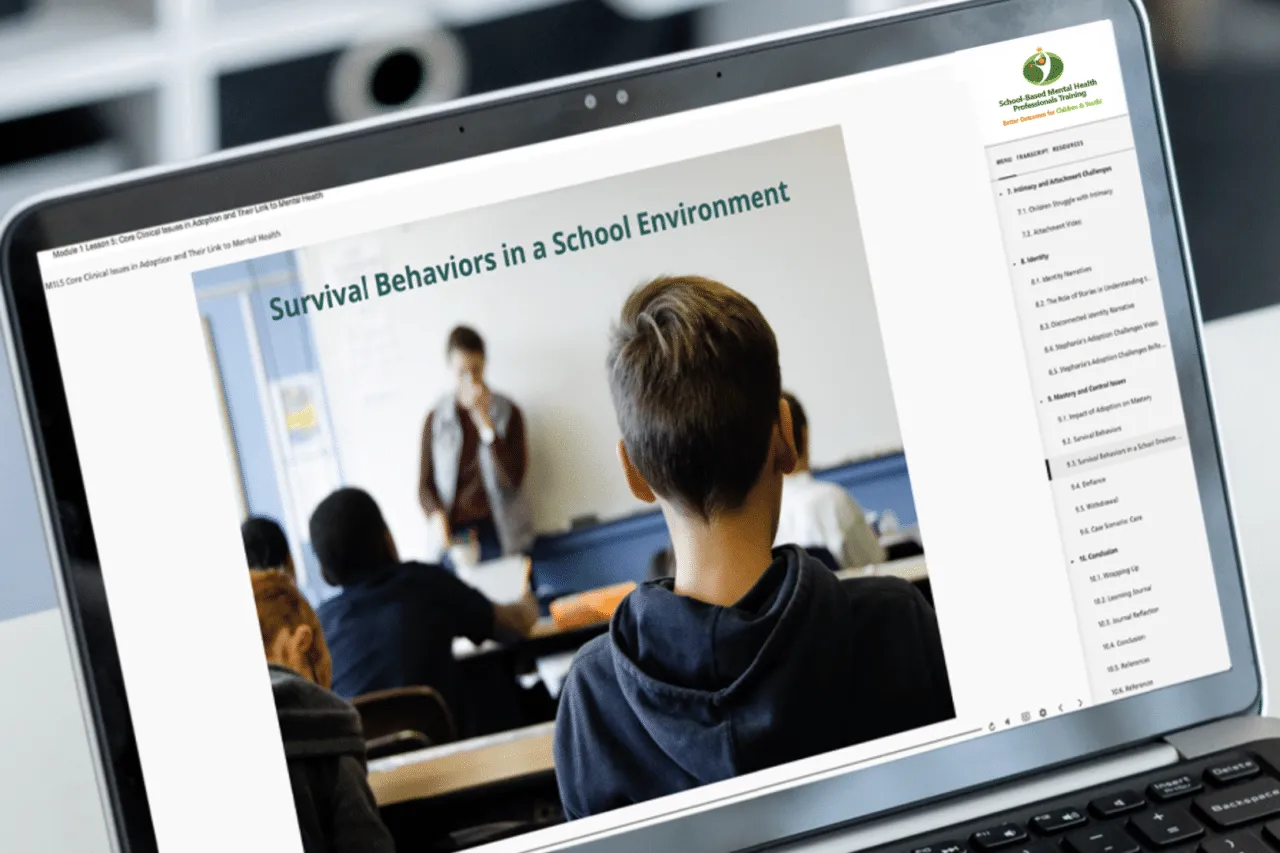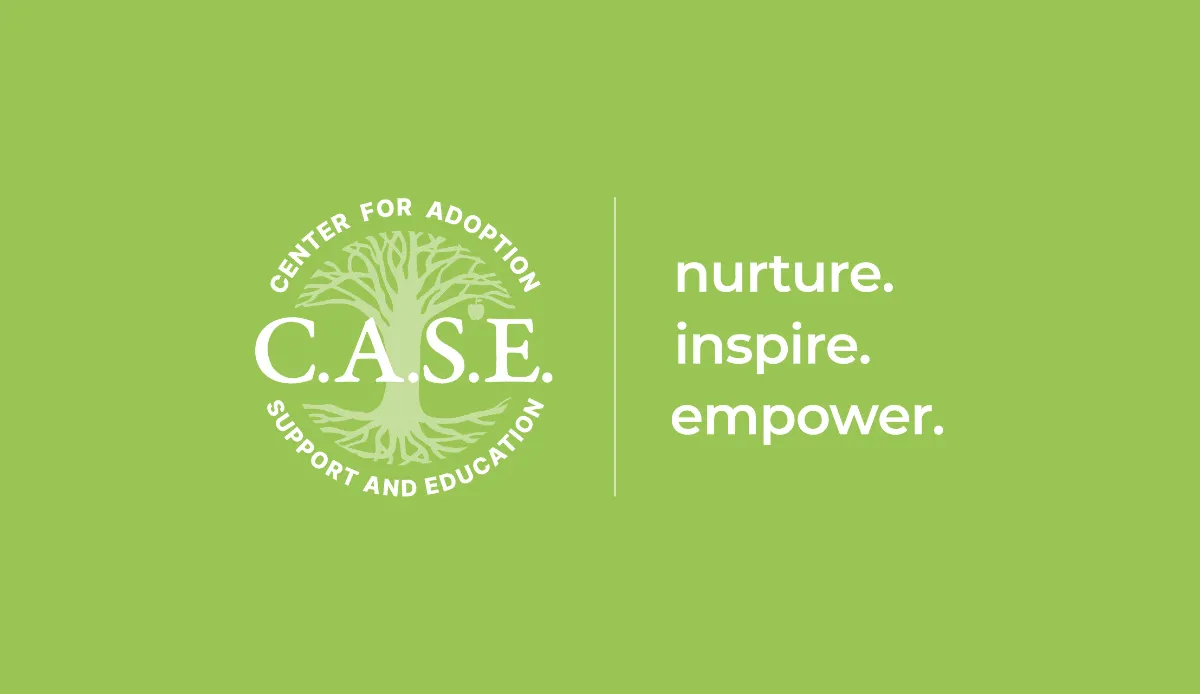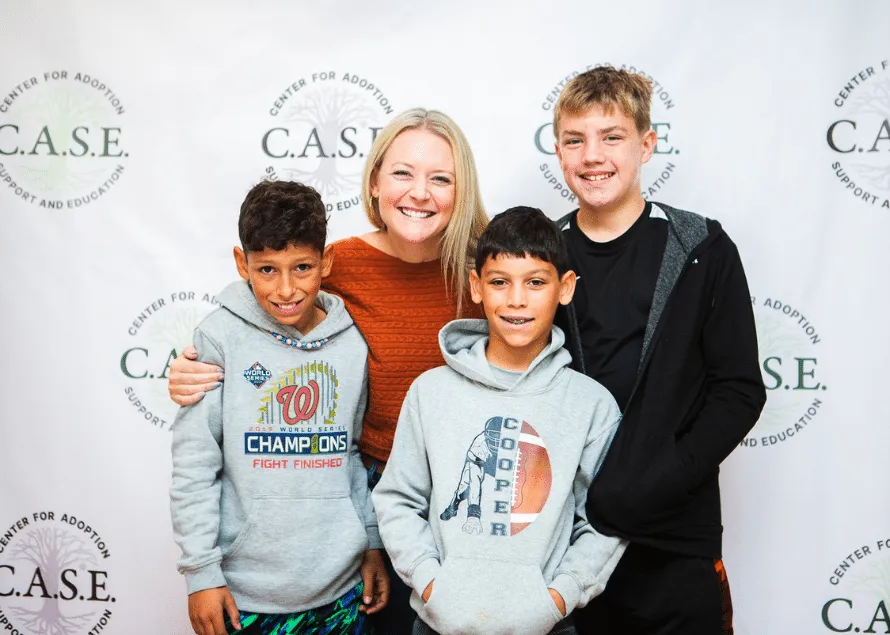The Adoption Tax Credit – A Decade in the Making, a Future Within Reach
The Adoption Tax Credit – A Decade in the Making, a Future Within Reach
For families hoping to adopt— and the children waiting to be adopted—the financial barriers can mean the difference between building a forever family and facing yet another closed door. That’s why restoring refundability to the federal Adoption Tax Credit (ATC) is so critical.
As a former foster youth and adoptee, I’ve seen firsthand how policy can either open the door to permanency or create another obstacle. Now, after more than a decade of advocacy, Congress has advanced legislation that includes partial refundability of the ATC, and a long-awaited breakthrough is finally within reach.

What Is the Adoption Tax Credit?
First introduced in 1997, the ATC helps families offset the significant costs of adoption, including legal fees, court expenses, and travel. In 2025, the credit will cover up to $17,280 per child (IRS, 2024). However, the credit is currently non-refundable, meaning it only benefits families with enough federal tax liability to claim it. This leaves out many low and moderate-income families—the very families most likely to step up and adopt from foster care.
How Would Refundability Help?
Refundability would allow all eligible families regardless of income or tax liability to access the full benefit of the credit. That includes:
- Families adopting sibling groups or children with complex needs
- Grandparents or kin caregivers living on fixed incomes
- Modest-income families who are ready to adopt but financially stretched
Many families are willing to open their hearts and homes but feel overwhelmed by the cost. Refundability would change that story and bring the credit’s original purpose closer to reality.
Where Things Stand Now
In May 2025, the House of Representatives passed a tax package that includes a refundable portion of the ATC— up to $5,000 per child—starting in 2025 and indexed for inflation thereafter.
This is the most significant movement on refundability in over a decade, and it’s the direct result of years of persistent advocacy.
But we’re not at the finish line yet. The bill still needs to pass in the Senate and be signed into law. Advocates across the country are working hard to ensure refundability remains in the final package.
We’ve seen the positive impact of a bill like this before. When the credit was temporarily refundable in 2010–2011, adoptions from foster care increased— particularly among lower-income families. Its expiration left thousands behind once again.
Why It Matters for Children in Foster Care
As of FY 2023, 77,809 children in U.S. foster care have a permanency goal of adoption, and 36,411 are legally free and waiting to be adopted (AFCARS, 2023). Many are older youth, part of sibling groups, or have special needs. These groups are generally at a higher risk of aging out without a permanent family.
We know the outcomes for youth who exit foster care without support:
- 1 in 5 experience homelessness
- 50% are unemployed by age 24
- Only 3%-4% earn a 4-year college degree (NFYI, 2022)
This fight isn’t just about tax fairness. It’s about giving youth a better shot at belonging, stability, and long-term success.
What Comes Next?
To ensure refundability becomes reality:
- The Senate must pass the tax bill and preserve the refundable credit
- Lawmakers need to hear from adoptive families, advocates, and the public
- Momentum must continue—we’re closer than ever, but we’re not there yet
With continued advocacy, we can help more children find their families and ensure no family is turned away simply because they can’t afford to adopt.
